A ‘River Pirate’ Can Be a Criminal—Or Another River
What outlaws on the Mississippi have to do with glaciers in the Yukon.
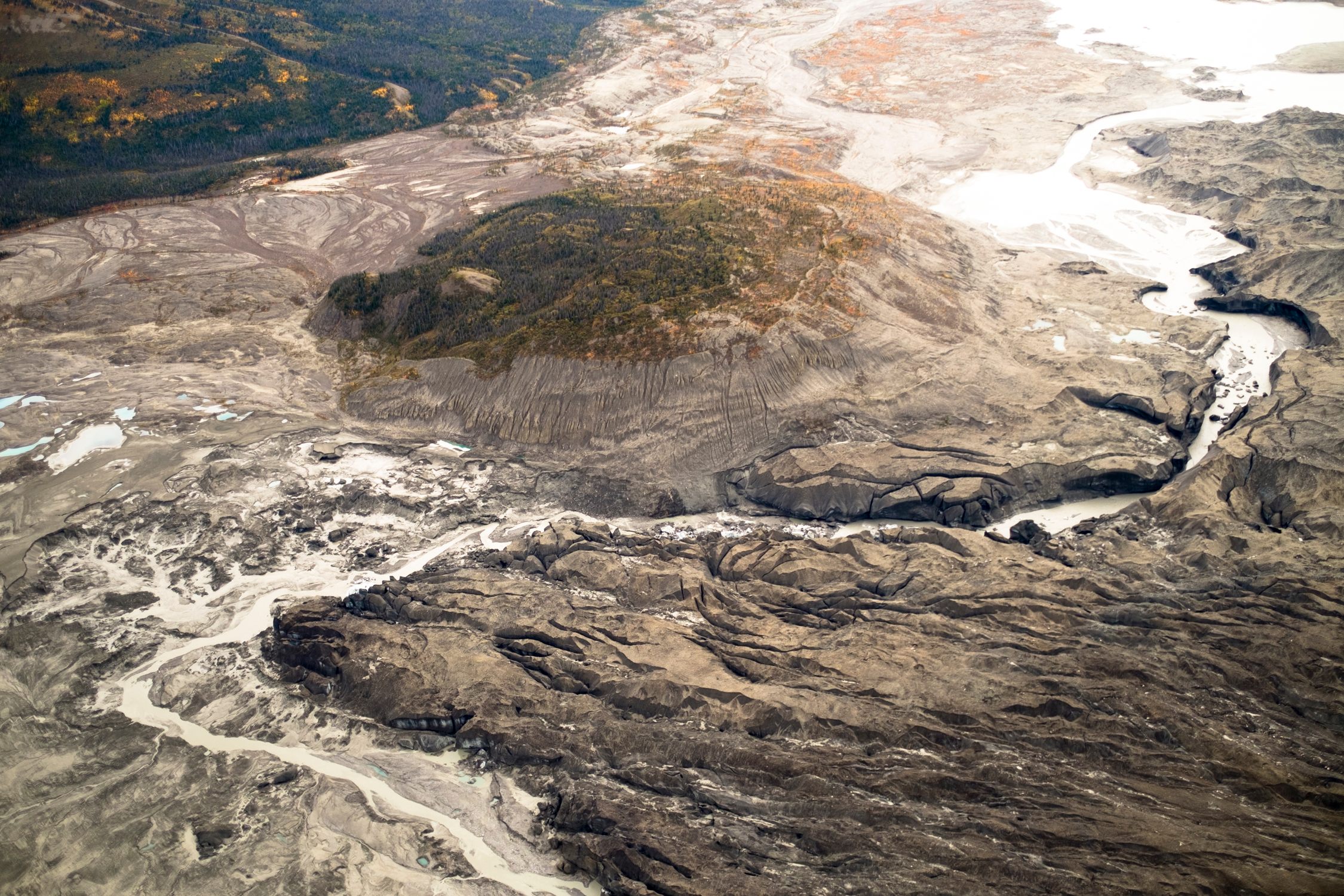
This is a story about climate change, and a glacier in the Yukon, and a muddy lakebed full of miniature hoodoos, but it’s going to start with a brief detour, to more than 200 years ago, some 3,600 miles to the south.
In the late 1790s, Stack Island, about 2,000 acres in the middle of the Mississippi River on the border of Louisiana and Mississippi, got a reputation as a haven for outlaws—in particular counterfeiters and river pirates. It is said to have been frequented by one Samuel Mason, who turned to banditry after fighting in the Revolutionary War, and Wiley “Little” Harpe, one of a pair of brothers thought to be America’s first serial killers. River piracy, which continues today in some parts of the world (including on the Mekong and Danube), involves stopping passing boats and killing the crew, or perhaps negotiating to buy some of their goods (at an advantageous price, one would assume). Stack Island was strongly associated with this brand of criminal activity back then, a chapter that didn’t really end until a group of boatmen raided the island in 1809, killing or capturing a couple dozen outlaws and their associates.
Rivers are inconstant. They wiggle like a steady trickle flowing down a window, forming and wiping out meanders and oxbows and levees and islands. This is happening all the time, but sometimes a sudden event can rewrite how rivers flow in an instant. The New Madrid earthquakes of 1811–12 wreaked havoc on the Mississippi—it temporarily flowed backwards and a fluvial tsunami collapsed banks and nearly scoured Stack Island away entirely.

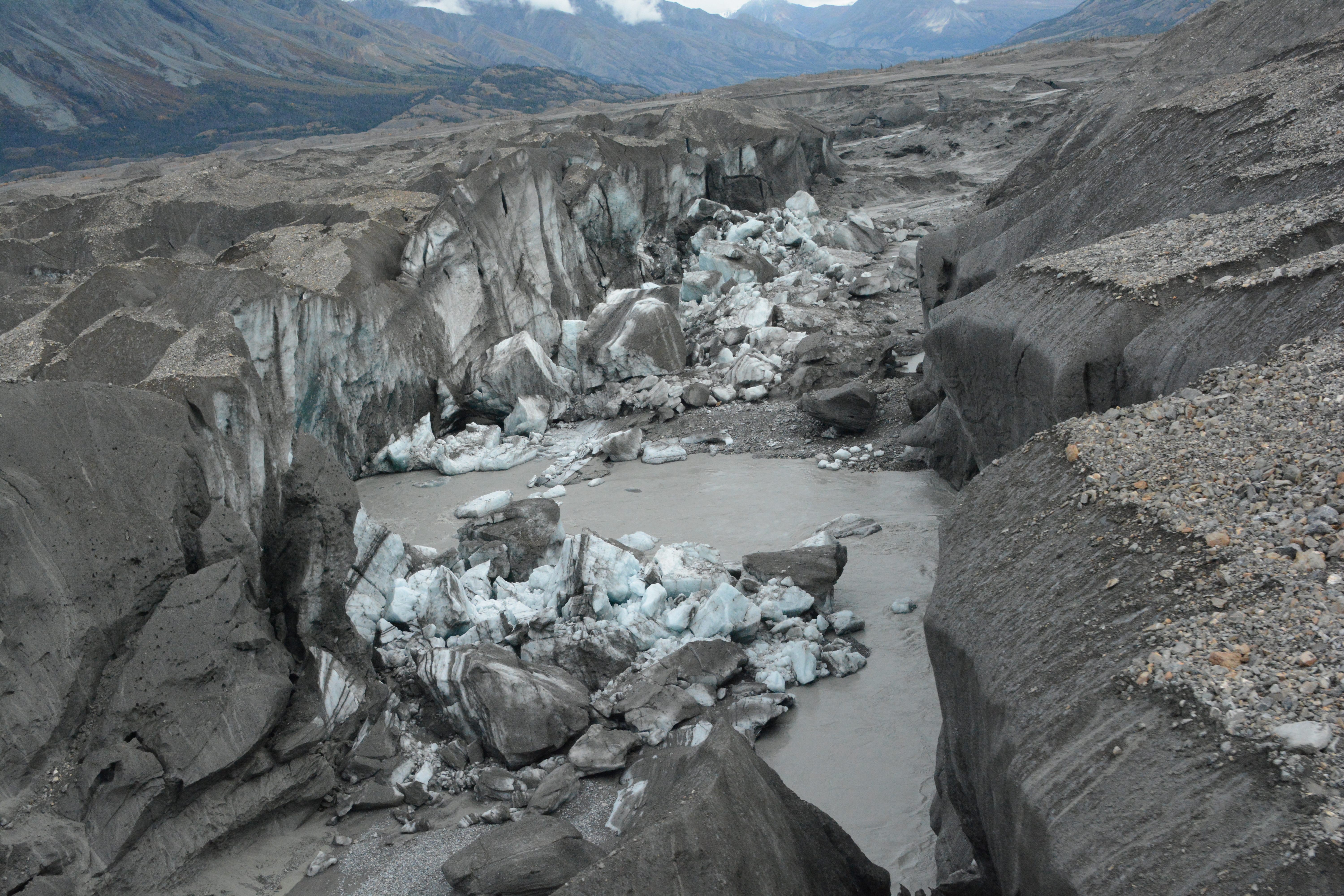
Fast-forward to the Canadian Yukon, today, and river piracy of a different sort. There, the gigantic Kaskawulsh Glacier pours—slowly—out of the St. Elias icefield. The toe of the glacier has, for centuries, discharged its meltwater into two rivers, the larger Slims River and the Kaskawulsh. But now, because of climate change, the glacier has retreated a mile up its valley, which has in turn caused a geological event, also called “river piracy,” in which the flow of one river “steals” water from another. In this case, the Slims River is essentially no more—almost all of the meltwater from the glacier is now flowing into the once-smaller Kaskawulsh River. A team of geoscientists, led by Dan Shugar of the University of Washington Tacoma, more or less saw it happen. A change that might normally take centuries—or a major tectonic event—happened in a matter of months.

“Geologists have seen river piracy, but nobody to our knowledge has documented it happening in our lifetimes,” Shugar said in a statement. “People had looked at the geological record—thousands or millions of years ago—not the 21st century, where it’s happening under our noses.”
Slims River used to fill Kluane Lake, which is now all but gone, leaving behind a muddy bed covered in small spikes—tiny versions of the geological formation called a “hoodoo,” formed by the way wind erodes sediments. For the environment there, a lot of things are going to change. Sediment flow, chemistry, fish populations, and wildlife behavior all must adjust to a new, single-river reality, Shugar said.
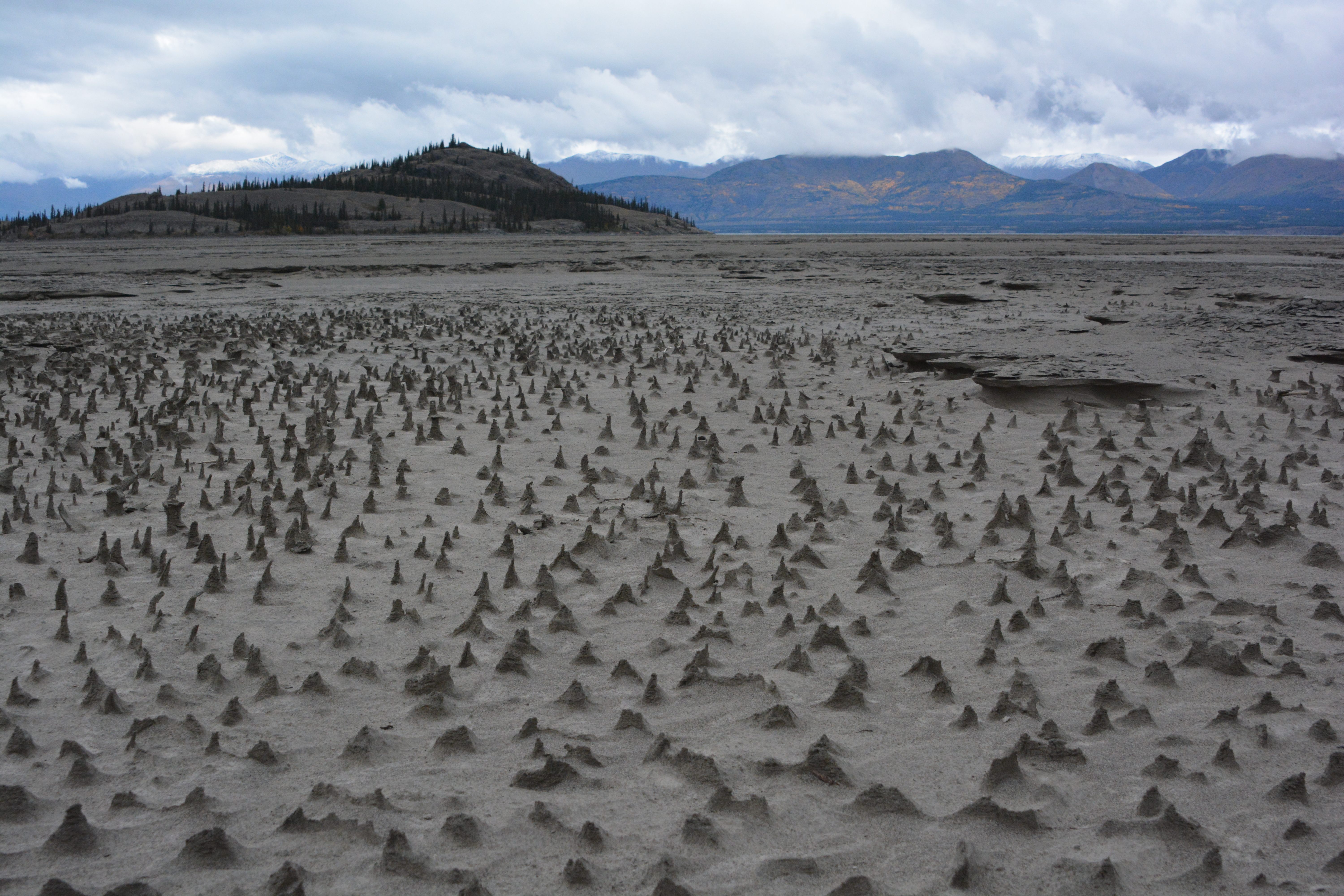
“So far, a lot of the scientific work surrounding glaciers and climate change has been focused on sea-level rise,” Shugar said. “Our study shows there may be other underappreciated, unanticipated effects of glacial retreat.” Like making us rethink what “river piracy” is all about.



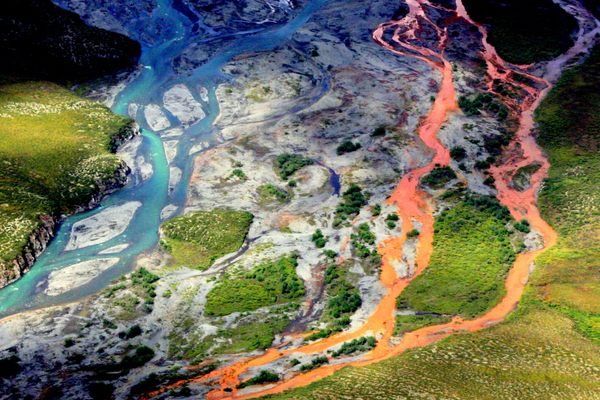
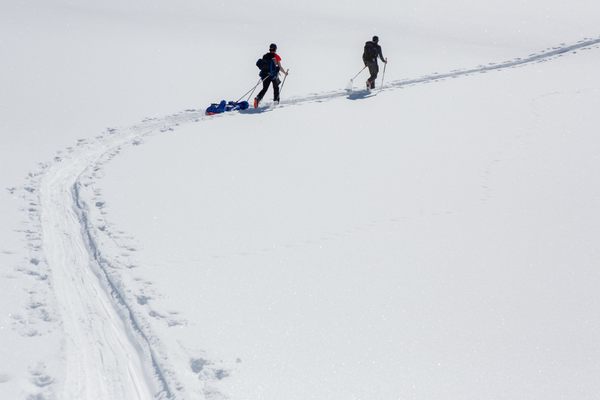





Follow us on Twitter to get the latest on the world's hidden wonders.
Like us on Facebook to get the latest on the world's hidden wonders.
Follow us on Twitter Like us on Facebook